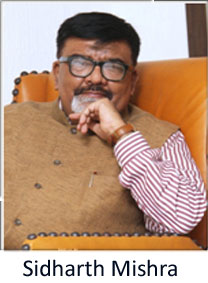The 18th of August is some sort of an 'anniversary' for me! I joined on faculty Kirori Mal College, DU, on 18th August 1969. So today I complete 51 years as a DU teacher, and today is my 52nd Anniversary as a teacher!
Do I see any changes in the DU system during the last 50 plus years? Yes, I do, but not necessarily a change for the better! Salaries no doubt have gone up almost 150 times, but so have tensions and frustrations for thousands of teachers in the University and its colleges.
When I joined KMC I was less than 22 years of age. I almost literally walked into the job. So did hundreds of others without struggle. The system then was to help young and meritorious students to join as teachers, not to put impediments. Also, teachers of my generation and of even 25years after had no problems in appointments and promotions. But today? Over 4500 teachers are working in ad hoc arrangements with uncertain future; face stagnation- no, not even a single, promotion for at least 3500 teachers for 11 years. No teacher has so far been promoted to Pay Band 4 in the Career Advancement Scheme recommended in the 6th UGC PRC!!
When I joined in Aug 1969 it was in the Assistant Lecturer scale basic of Rs 300 pm. Total salary slip: Rs.450. Today the initial salary at joining is Rs 80000. But as I mentioned manifold salary increase is at the cost of manifold increase in tensions and frustrations. Heart cries to see teachers - married with children, some 45+ years of age, still in ad hoc positions! And many don't have even ad hoc relief, they struggle for guests’ positions. And this is happening in DU, a premiere Central University with an IoE tag?





